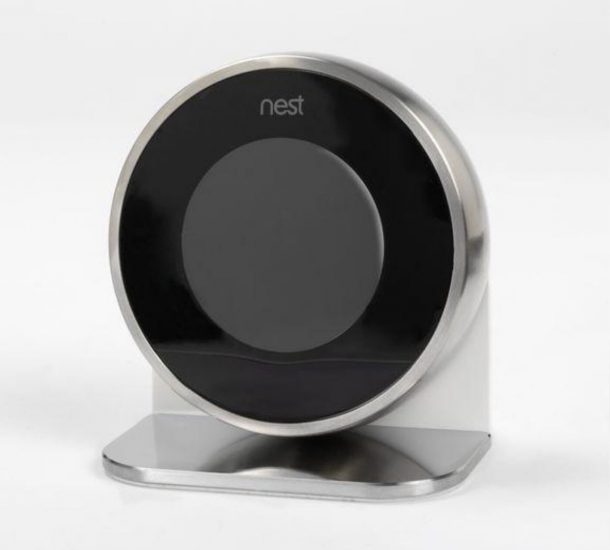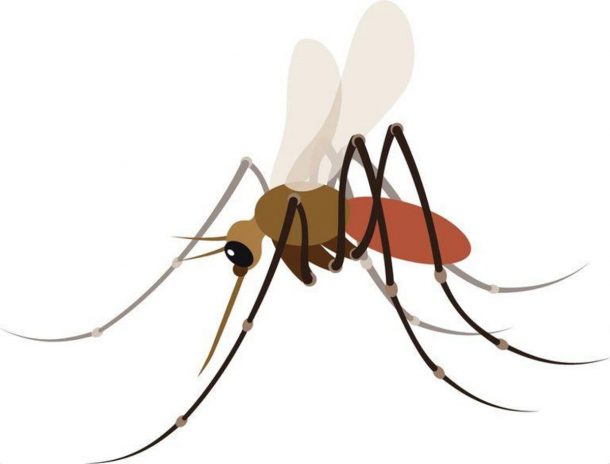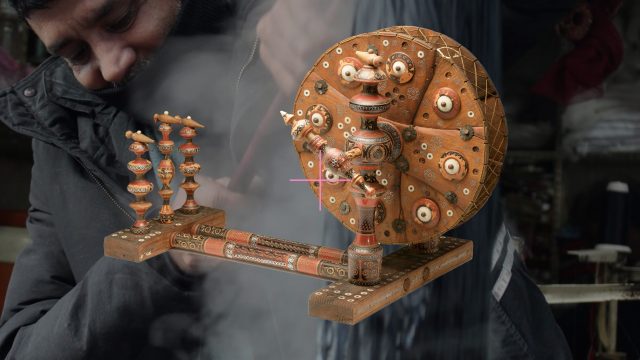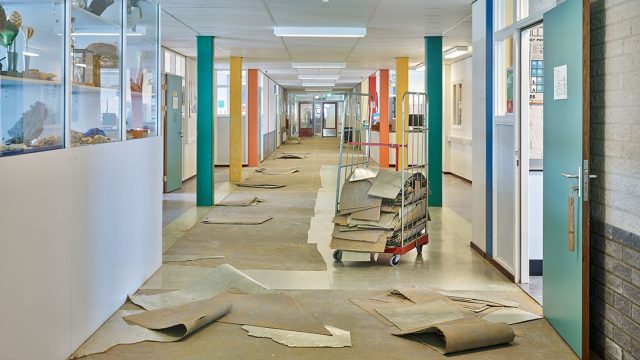The V&A has a growing collection of born-digital and hybrid (physical and digital) objects, including examples of digital product design making our homes smart (such as NEST Thermostat, Amazon Echo), signature apps (Flappy Bird, WeChat), open technologies (Arduino, Seeeduino), emojis (the mosquito emoji), and staples of our everyday life, such as the iPhone. These objects frequently rely on external resources to work (for example databases and software libraries), often run on proprietary systems, and are designed to generate customised, unique content for each user. Museums are gradually learning to grapple with the complexity of their born-digital collections and new acquisitions, which demand new skills, resources, and approaches to curation and preservation. They also tend to offer new opportunities to experiment and incite institutional change.

In my role as Research Fellow on the AHRC-funded project Preserving and sharing born-digital and hybrid objects from and across the National Collection I am investigating these aspects of collecting by capturing the perspective of practitioners in the museum sector and by developing a set of case studies to illustrate emerging issues and pave the way to future, more targeted, research and collecting practices. One of our project’s aims is to engage other institutions involved in similar efforts in a knowledge exchange process to build capacity and confidence across the sector so that more of our digital cultural heritage is salvaged and cared for.
When considering our digital heritage, the tension between the fragility of digital objects (quickly becoming inaccessible as file formats, software or hardware becomes outdated) and the profusion of digital records, services and platforms, comes to the fore. That is, the digital creates an illusion of access and abundance, but it also presents challenges of transience and obsolescence. As soon as a cloud-based service or web-based videogame stop being supported, its material and digital traces are very difficult to retrieve. Collecting a massive, multiplayer online game poses difficult questions on how to circumscribe a distributed, undisciplined and extensive object comprising multiple versions, environments, pieces of software and hardware, user-generated content and so forth, to a manageable acquisition. Institutions willing to safeguard the legacy of digital culture are faced with questions that are not only associated with technical preservation challenges, but also linked to the values and narratives shaped by curatorial approaches to selection and display.
Born digital objects often do not ‘fit’ the established instructional collections policies, information architectures, and intellectual property regimes which often determine what and how we collect. Their corporate, community-generated or collaborative authorship models, also mean that collecting has to become a multi-stakeholder endeavour. In fact, the challenges of collecting the born-digital are not always a matter of bits and networks, but relate broadly to cultures of participation, sharing and remix, that bring about questions of privacy, ownership, crediting and managing expectations. For instance, one of our case studies is a mobile app – Y-Stop – co-designed with youth groups to inform individuals on how to handle the interaction with police officers during a stop-and-search. The uncertainty around its preservation is complicated by the not-so-digital need to incorporate multiple authors and users’ views, and negotiate their time and commitment in contributing to safeguarding the object. On the other hand, because of their business models, tech corporations such as Facebook or Google lack institutional commitment and incentives to preserve their services or to collaborate with museums. But what kind of narratives of the present can be transmitted to future generations if we do not preserve a trace of our most popular social media sites and networked platforms? How can we shape these narratives in critical ways, demonstrating that there is more than a univocal story of change and innovation?
Another not so digital matter is the question of temporality. The speed with which born-digital objects move from use to abandonment and obsolescence, means that future-thinking is a necessary part of the skillset and mindset of professionals their stewardship. This is not only to identify preservation risks and preservation strategies, but also to comprehensively consider audience reception and varying levels of familiarity towards the objects of our digital life across time. Museum professionals involved with born-digital objects are increasingly adopting a language of ‘future-proofing’ and risk management to describe their practice (Sherring 2020, Barack et al 2021). In fact, some of the threats to preservation are accompanied by a certain degree of uncertainty. For instance, curators and conservators might need to predict the expiry date of an operating system, the future scarcity of specialised expertise, or of common tools from cables to batteries, even when these are not constitutive part of the object – but are needed to make it work.
Finally, it is becoming increasingly clear that preserving born-digital objects frequently requires a certain degree of reinterpretation and re-creation of the object, as opposed to more traditional approaches to conservation work aimed at stabilising the object in a fixed condition. This is because digital objects are inherently dynamic and depend on a range of external resources that will change or disappear across time: to maintain the same behaviour, a digital object might need to be reinvented to connect to the new socio-technical environment. The idea of heritage as both ‘persistence and change’, grounded in processes ‘of continuous growth and creative transformation over time’, to borrow from UNESCO Chair in Heritage Future Cornelius Holtorf, is being discussed in other areas of practice, such as archaeology and human geography, where legacies of the past are addressed as living and evolving objects and conservation practices incorporate approaches that embrace, rather than minimise, change. But change is also needed at the level of policy, collection management systems, and in the expectations that creators or donors might hold in regard to the museum life of their objects. The real challenge of born-digital collecting is the establishment of a more collaborative, transdisciplinary and sustainable approaches to digital collection care.
Preserving and sharing born-digital and hybrid objects from and across the National Collection is funded by the AHRC as part of the Towards a National Collection programme. The scheme is directed at dissolving the barriers across different heritage collections in the UK, and leveraging digital technologies to create new opportunities for global access public engagement. The project is led by the V&A in partnership with Birkbeck, University of London and the British Film Institute.



